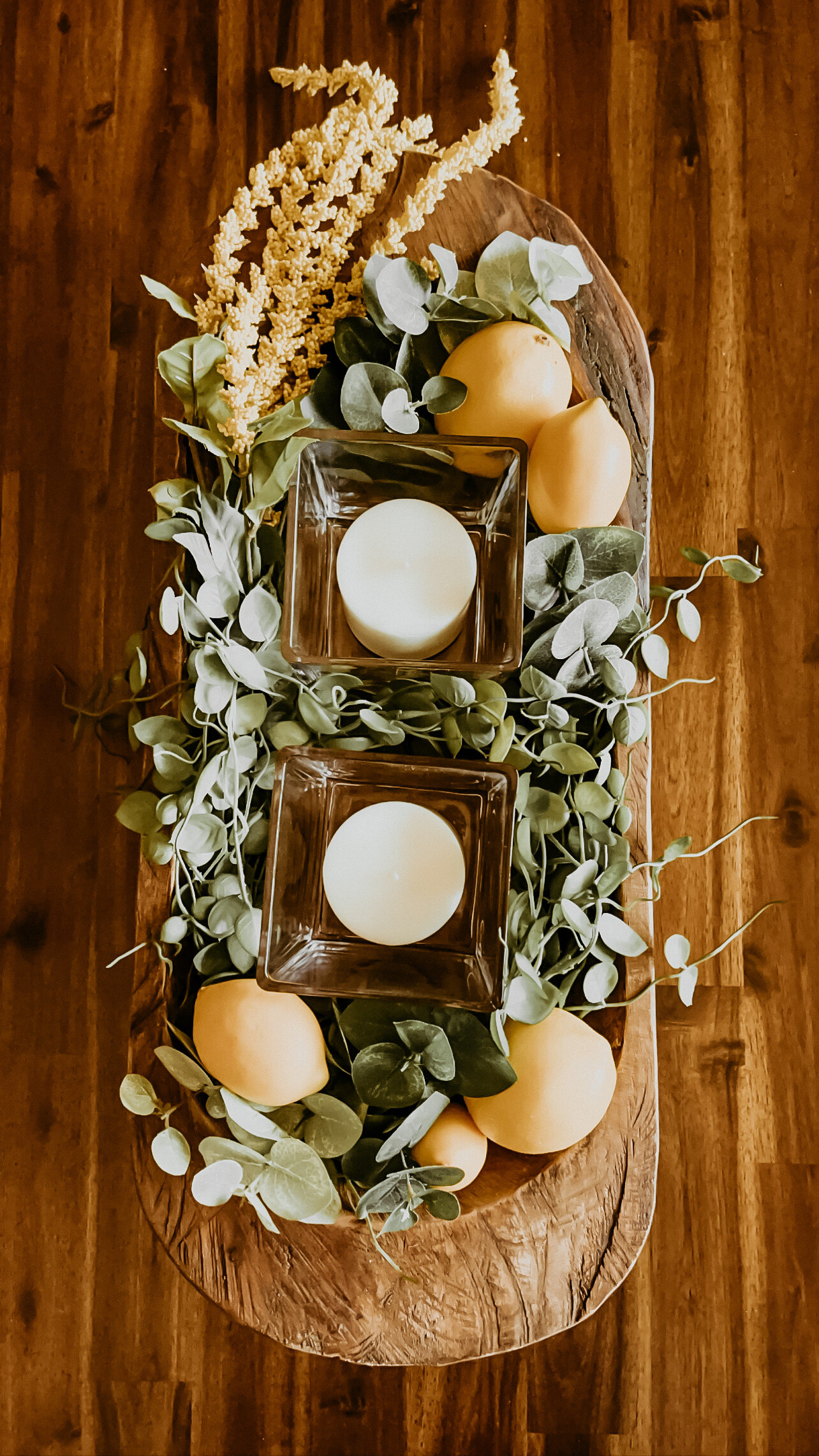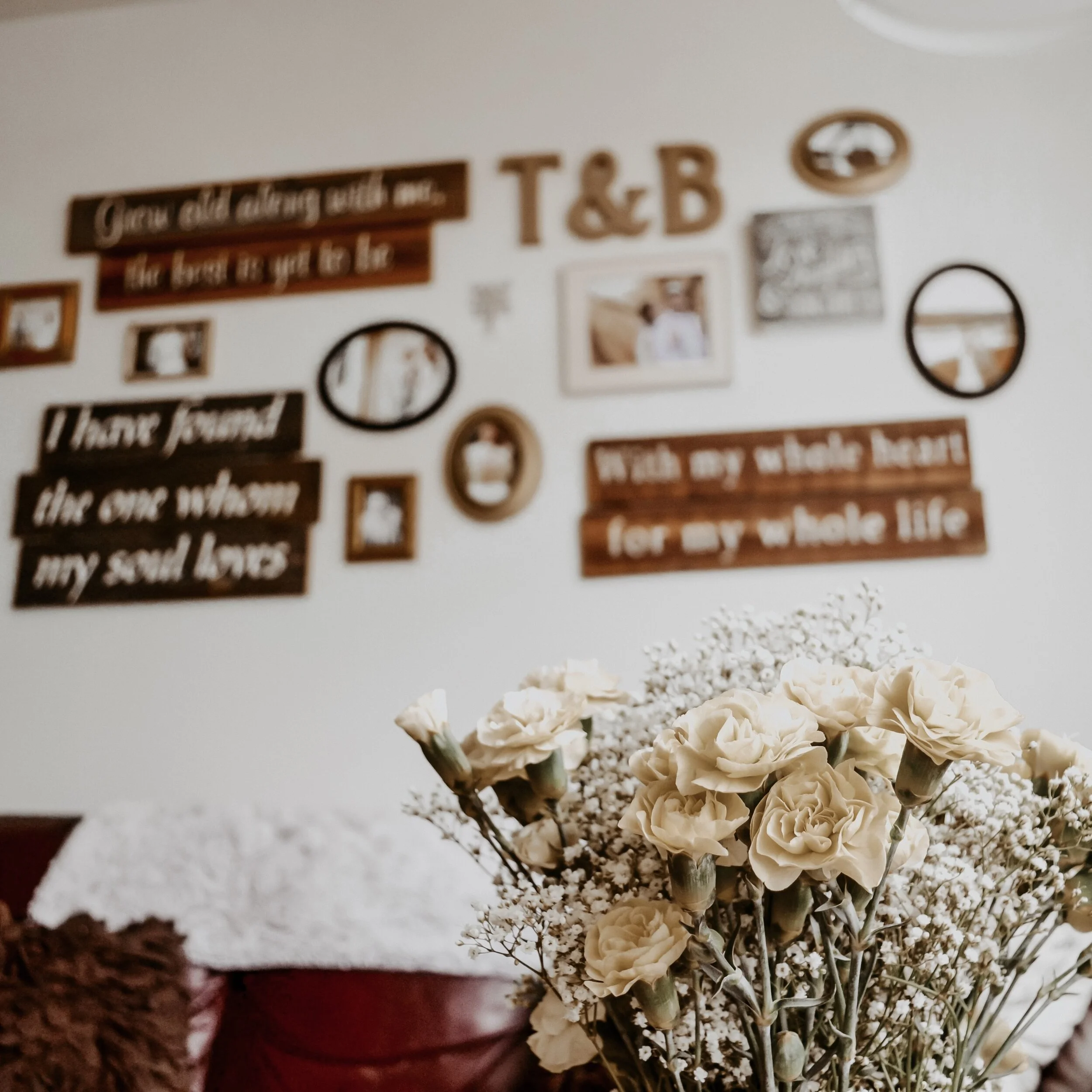DIY Seasonal Vintage Dough Bowl Centerpiece
/Have you seen these beautiful vintage dough bowl centerpieces floating around Pinterest? I always thought they were so pretty, but whenever we were out and about I never saw them in any vintage or antique stores. When we went to Bend for my birthday in May, Tim was prepping for a few interviews and wanted to spend some time looking at notes and company info, so I decided it was the perfect time to hit the little downtown area to do some solo shopping. I want nothing more than to spend time with my husband, but I’ve gotta be honest — it was nice shopping for a few hours without feeling like he wasn’t having fun 😂 Can anyone else relate?
I wasn’t really sure how I was going to decorate it or where I was going to put it but knew I wanted it to be a pretty, seasonal statement for our home. Enter: Michaels — the best place to get DIY inspiration. ✨
I ended up deciding to grab some fake lemons that looked as real as possible, and then knew I wanted to complement the bright yellow with some more muted, elegant greenery. I opted for a mix of vine- and leaf-like stems.
I also wanted to give it even more dimension and make it a bit more romantic, so I grabbed some candle holders and short candles, which totally pull it all together.
I love how it turned out for summer and can’t wait to change it up each season — especially this upcoming fall, my favorite of all seasons 😍 🍂
To help you make your own, I did a little research and pulled a few similar dough bowl and decor options for you below! Tag me @brelaliberte if you tackle this DIY. 🙌
Dough bowl links from top left to bottom right:
Artificial floral links from top left to bottom right:














